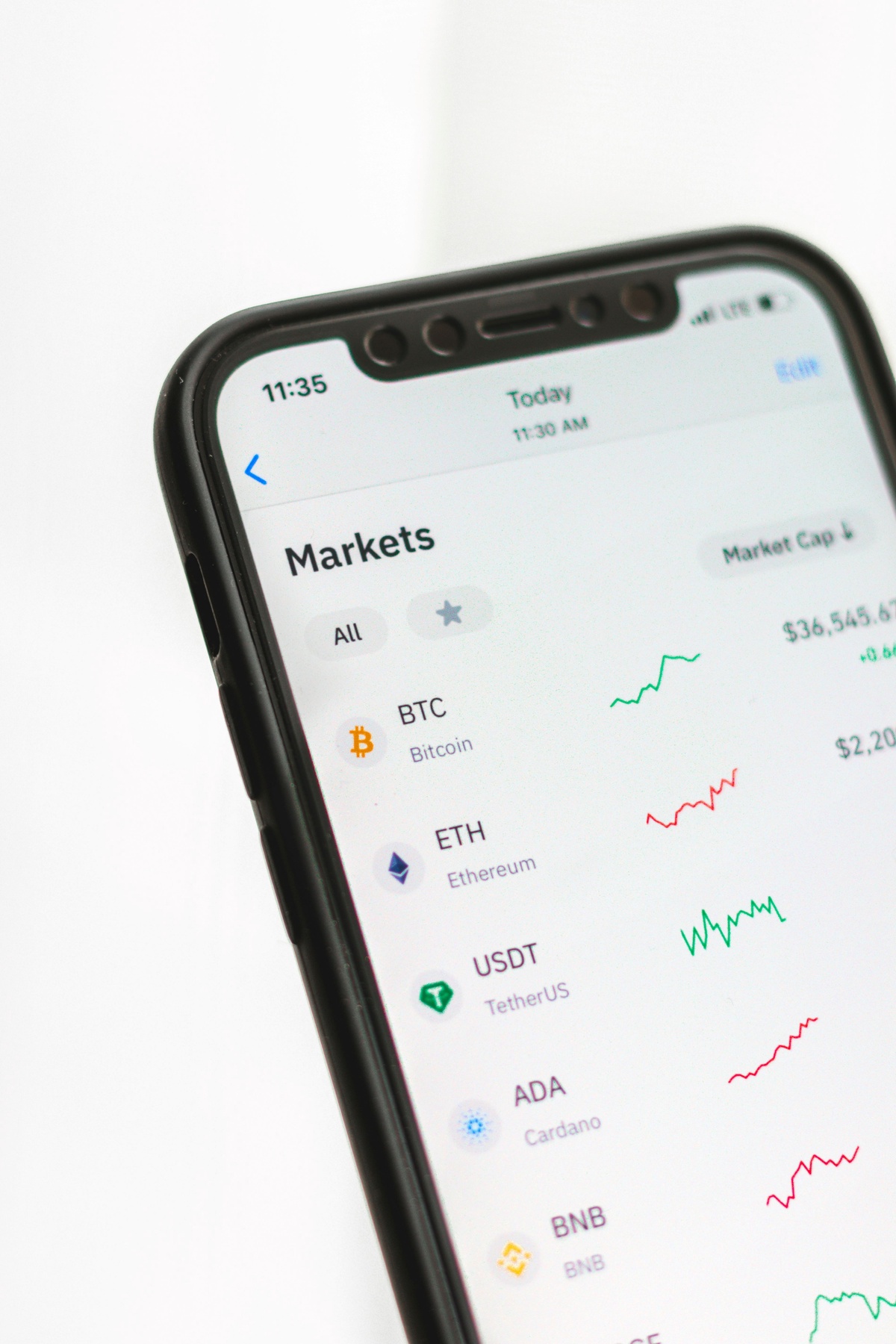The democratization of financial markets has empowered individuals to participate in trading like never before. Platforms like Robinhood and E*TRADE have revolutionized the way users interact with stocks and other financial instruments. But what goes into building such a platform? This comprehensive guide delves into the step-by-step process of developing a trading platform, outlining the crucial stages and key considerations from conceptualization to launch.
1. Define Your Vision and Target Audience:
- Identify a niche: Analyze the existing market and identify an underserved niche with specific needs.
- Target users: Will your platform cater to beginner investors, experienced day traders, or a broader audience?
- Competitive landscape: Research existing trading platforms to understand their strengths and weaknesses, aiming to offer a unique value proposition.
2. Feature Set and Functionality:
- Core functionalities: Prioritize essential features like user accounts, order placement with various options, market data feeds, and basic portfolio management tools.
- Advanced features: Once the core is established, consider advanced features like advanced charting tools with technical indicators, backtesting capabilities, and social trading elements.
- Security is paramount: Implement robust security measures including user authentication, data encryption, and regular security audits to protect user information and financial assets.
3. The Development Approach:
- Building from scratch: Offers full control and customization but requires a highly skilled development team, proficient in programming languages like Python or C++ and familiar with trading APIs and financial protocols. This approach can be time-consuming and resource-intensive.
- Leveraging pre-built platforms: Some platforms offer drag-and-drop functionality to build basic trading strategies. This can be a faster approach for core functionalities, but customization options might be limited.
- Partnering with software development companies: A good option if you lack the in-house development expertise. Look for companies specializing in financial applications who can tailor the platform to your needs and navigate regulatory compliance.
4. Design and User Experience:
- Simple and intuitive interface: A user-friendly interface is crucial for both novice and experienced traders. Navigation should be clear and easy to understand, with readily accessible functionalities.
- Platform responsiveness: Ensure the platform functions seamlessly across various devices, including desktops, tablets, and mobile phones. This might necessitate collaborating with a mobile app development company to build a dedicated mobile app.
- Data visualization: Present market data and charts effectively, making it easy for users to analyze trends and make informed decisions.
5. Regulatory Compliance:
- Understanding regulations: Financial regulations vary depending on your location and target audience. Thorough research and consultation with legal professionals are crucial to ensure your platform complies with all relevant regulations.
- Licensing and registration: Obtaining necessary licenses and registering with regulatory authorities might be mandatory depending on your platform's functionalities and target market.
6. Testing and Refinement:
- Rigorous testing: Extensive testing is essential to identify and address bugs and ensure smooth functionality across all features.
- Backtesting strategies: If your platform allows users to build custom trading strategies, allow for robust backtesting using historical data to evaluate potential performance and identify weaknesses.
- Security audits: Engage a security professional to conduct thorough security audits to identify and address potential vulnerabilities before launching the platform.
7. Launch and Beyond:
- Marketing and user acquisition: A well-defined marketing strategy is crucial to attract users and build a user base.
- Ongoing maintenance and updates: The financial technology landscape is constantly evolving. Commit to continuous updates, address bugs quickly, and implement new features based on user feedback and market trends.
- Customer support: Provide reliable customer support to address user queries, troubleshoot issues, and build trust with your user base.
Building a successful trading platform is a complex undertaking that requires careful planning, a skilled development team, and a long-term commitment to security, compliance, and user experience. By following these steps and carefully considering your options, you can embark on the journey of developing a platform that caters to a specific need within the ever-expanding world of online trading.
Additional Considerations:
- Data acquisition: Decide on how you will acquire market data and ensure reliable data feeds for your platform.
- Payment processing: Integrate secure and reliable payment processing solutions to facilitate deposits and withdrawals for users.
- Risk management: Implement risk management tools and features to help users manage their financial exposure and avoid unnecessary losses.
Remember, building a trading platform involves a significant investment of time and resources. Carefully weigh the potential rewards against the risks before embarking on this exciting venture.
Read More: How to Develop an Online Trading Platform?


No comments yet